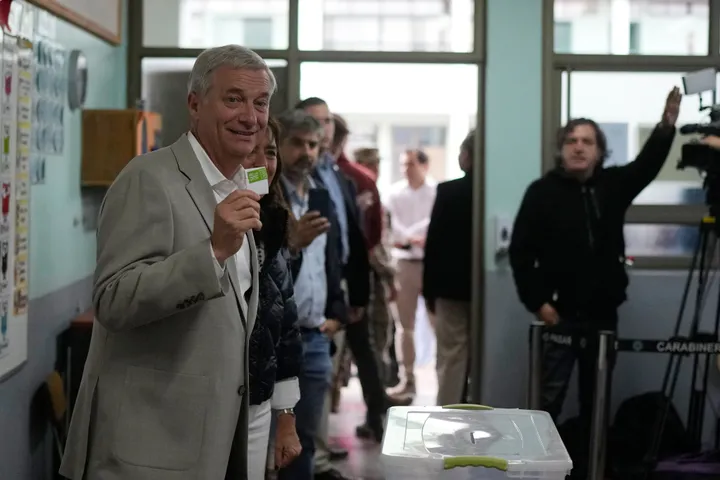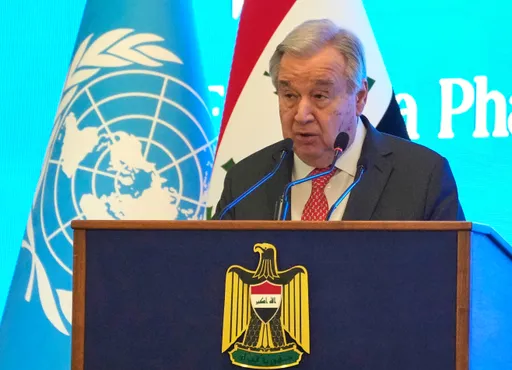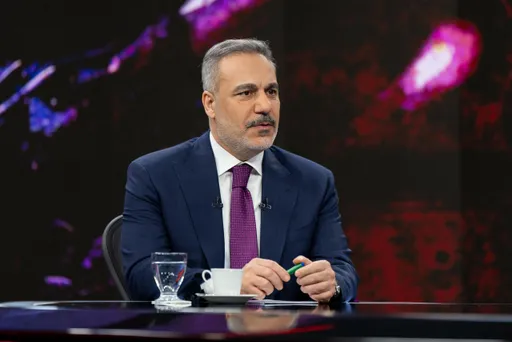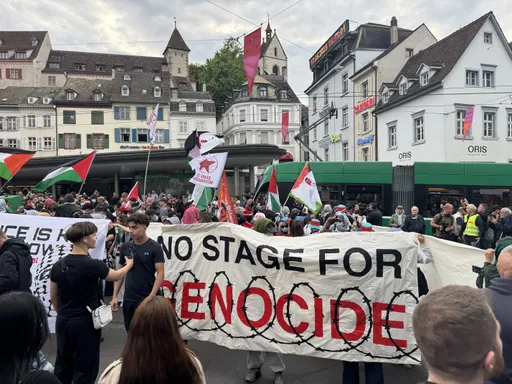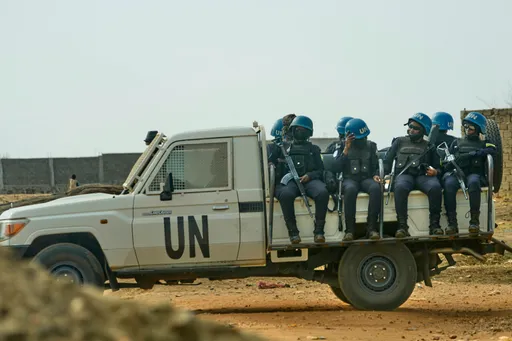Millions of people have fled to Europe since the beginning of the Syrian war in 2011, and a large portion of them are likely to stay in the countries to which they fled. But in the years since, not every European country has developed an effective strategy to successfully integrate Syrians into their societies.
Almost ten years into the war, the Syrian regime is calling on its citizens to return, but international human rights organisations warn that it's far from safe. Multiple reports suggest Syrians who had no criminal record in Syria and attempted to go back, were arrested or disappeared. Many refugees who are willing to return to their homeland, feel it's unsafe to attempt doing so before a political settlement is reached in the country.
Many refugees who have built up their lives or regard their economic prospects as being much better on the continent, on the other hand, are unwilling to return, even after a political settlement. The absence of basic services such as education and health care are among the reasons preventing many of them from taking this step.
While integration policies still need to be improved, living in Europe has become more challenging with many nations choosing to tighten their refugee policies amid the rise of nationalist parties.
Rise of nationalism
Discrimination is a major challenge preventing refugees from fully integrating. As a result, they live in isolated environments in an attempt to avoid standing out and to ensure their personal safety.
A recent sample of 1,600 respondents by the non-governmental organisation The Day After found that among four European countries - Germany, Sweden, Netherlands, and France - Sweden had the worst integration rates.
The report said one-third of respondents expressed “serious concerns” about policies changing for the worse, the highest rate among the four sub-samples.
The far-right has been on the ascendancy in the Scandinavian country, threatening stricter policies towards refugees. The ruling right-wing nationalist Sweden Democrats were pressured to reverse asylum policy in line with public opinion increasingly tilted against immigrants.
But Sweden is not the only country that is struggling to balance the demands of nationalist parties. Problems will surely arise if the integration of refugees is not taken seriously.
In Germany, the far-right AFD party pressured the government to take a decision that may lead Syrians to be deported. Syrians convicted of serious crimes can now be returned against their will for the first time since 2012, as a ban preventing it was not renewed after it expired at the end of last year.
Language barriers
Some European countries followed a selective policy in accepting refugees, including France - a nation that received large numbers of writers and journalists - while other countries, such as Germany, moved towards a policy of wide reception. This is reflected in the differences between the nature of refugee communities within the two countries.
Each European country that has taken refugees has a plan to provide language education or requires a certain level of proficiency in the host country’s language for their asylum application to be accepted. But the requirements are different in each country, which directly affects the pace of integration.
The Day After study suggests that Syrian refugees who have financial backing during the process are more likely to find jobs and socialise better, therefore experience a more successful integration process.
Germany and Sweden are among the countries where state-affiliated institutions are responsible for arranging the education scheme and language school placements, as well as determining financial aid.
In the Netherlands, a refugee is free to decide where to study and how to manage the financial aid that was dedicated to learning the language. The only requirement is to reach a certain level of proficiency within three years.
In France, where the rates of language proficiency are low among refugees, according to The Day After report, financial aid is not linked to language learning. However, refugees have access to free schools belonging to municipalities, associations, or universities.
Integration versus assimilation
There is no global definition for integration - it is simply open to interpretation. The UNHCR says integration of refugees is a two-way process requiring efforts from all parties, including refugees to adapt to their host society without having to forego their own cultural identity.
Assimilation, on the other hand, assumes a high degree of adoption by immigrants and refugees of the values and culture of the host community, in exchange for a low level of acceptance by the host. It often involves one’s culture being absorbed into the dominant culture in that particular society.
Striking a balance hasn’t been easy for European countries, where far-right lawmakers and politicians discuss that integration should involve refugees putting aside their cultural or religious practices.
For example, Muslim practices of not eating pork or drinking alcohol have been at the centre of debates surrounding integration in many countries including Norway, Denmark and France.
If Europe wants social cohesion and a dynamic economy, the successful integration and an inclusion policy will be an essential part of a well-managed and effective migration and asylum policy.




